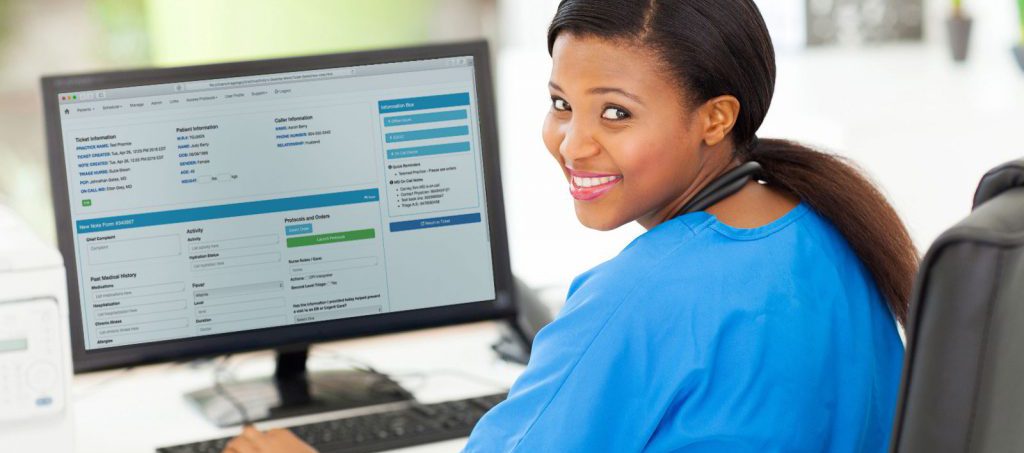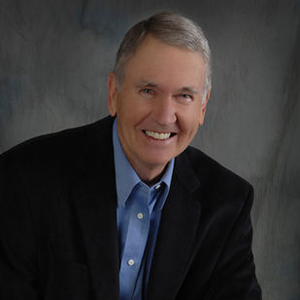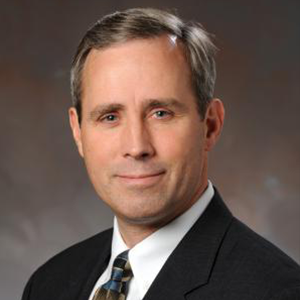The Checklist Manifesto
In 2009, Dr. Atul Gawande, an American surgeon, published a book called “The Checklist Manifesto: How To Get Things Right”. One of the most famous checklists mentioned in the book is the Surgical Safety Checklist produced by the World Health Organization. It is a relatively simple checklist that reminds staff of what has to be done before, during, and after each surgery. Hospitals that started using the checklist had 38% lower death rates for emergency abdominal surgeries within thirty days of the operation. Similarly, it is crucial for triage nurses to follow standardized checklists when they speak to patients over the phone. This ensures that nurses are giving the best care advice based on the patient’s symptoms and it decreases liability to practices by documenting the call and the decision from the checklist.
Checklists for Telephone Triage
These standardized checklists are called triage protocols. Most triage nurses use the Gold-Standard Schmitt-Thompson Protocols, which are the telephone triage version of a medical checklist. The protocols are broken down by symptoms for pediatric and adult patients. Based on the most prevalent or worrisome presenting symptom, the nurse selects the correct protocol. More than 96% of nurse triage call centers around the USA use the Schmitt-Thompson protocols.
Once the nurse selects the appropriate protocol, the corresponding checklist leads them through a series of questions that are designed to assess the severity of the symptom that the patient is experiencing. The nurse uses the checklist to determine the appropriate level of care and determines the appropriate triage level.
Triage protocols provide several advantages and safeguards. Just as in the hospital setting where it is important for physicians to follow all the steps before a surgery, the protocols act as a reminder to ensure that the nurses to ask all the relevant questions and consider all the scenarios that may be difficult to remember every single time. The protocols are precise, efficient, to the point, and easy to use even in difficult situations where a caller might be in a tense emotional state. Triage protocols are also symptom-based, allowing nurses to triage any caller regardless of previous medical history or condition.
From the nurse’s standpoint, the protocols also provide the nurse with the reassurance that they are following an established process and providing the best possible outcome for the caller. This decreases liability and the risk of a bad outcome. Consistency is vital in telephone nurse triage, regardless of which staff member answers the call or at what time of day.
In “The Checklist Manifesto”, Dr. Gawande shares amazing stories about checklists used in medical settings around the world. He talks about an emergency checklist implemented in Austria that saved a three-year-old drowning victim who had been underwater for 30 minutes. There’s also a story about a cleanliness checklist used in intensive care units in Michigan, that has eliminated a certain type of deadly hospital infection. Similarly, nurse triage protocols have saved a countless number of patients over the years. From potential heart attack to a case of a simple migraine that can be treated with home care, nurses are able to rest easy knowing that they have provided the best care advice for the symptoms presented.
About TriageLogic
TriageLogic has over ten years of telehealth experience, utilizing over 200 registered nurses and serving more than 9,000 doctors and hospitals. Our nurse triage consult times average 12 minutes, with a 96.5% satisfaction rating. We have handled more than 1.2 million consults. Contact us today for more information on using triage protocols to provide value-based care for your patients.







